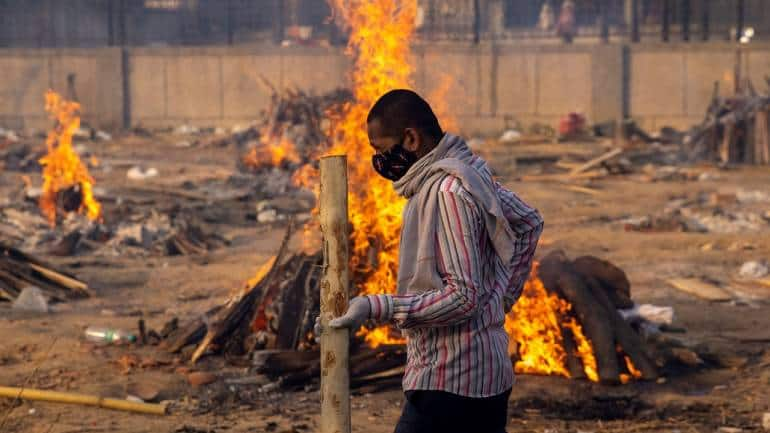
In-Depth | How India buckled under the deadly COVID-19 second wave

In-Depth | How India buckled under the deadly COVID-19 second wave
It is a sense of déjà vu even for the most optimistic souls as state after state started locking down to stem the exponential rise in COVID-19 cases. It’s 2020 all over again, declared netizens as with every passing hour a district, a city, or a state, announced stringent restrictions.
Just when India seemed to be winning the battle against the pandemic, with the daily increase in the caseload falling below 9,000 in February, infections skyrocketed to scale a new record of 3,52,991 on April 26, crossing several grim milestones on the way. The tally now stands at 1,73,13,163, second only to the United States.
Moreover, the vaccination drive has been inadequate so far, as only 8 percent of the population has been given the jab.
The devastating second wave of the pandemic, partly blamed on the ‘double mutant’ variant of the virus and ‘super-spreader’ mass gatherings, has stretched India’s long-underfunded healthcare system to the limit, particularly in the country’s biggest cities.
The national capital Delhi and the financial hub of Mumbai are gasping for breath with a severe shortage of beds, antiviral drugs and oxygen. Morgues and crematoriums in some cities are overflowing with corpses.
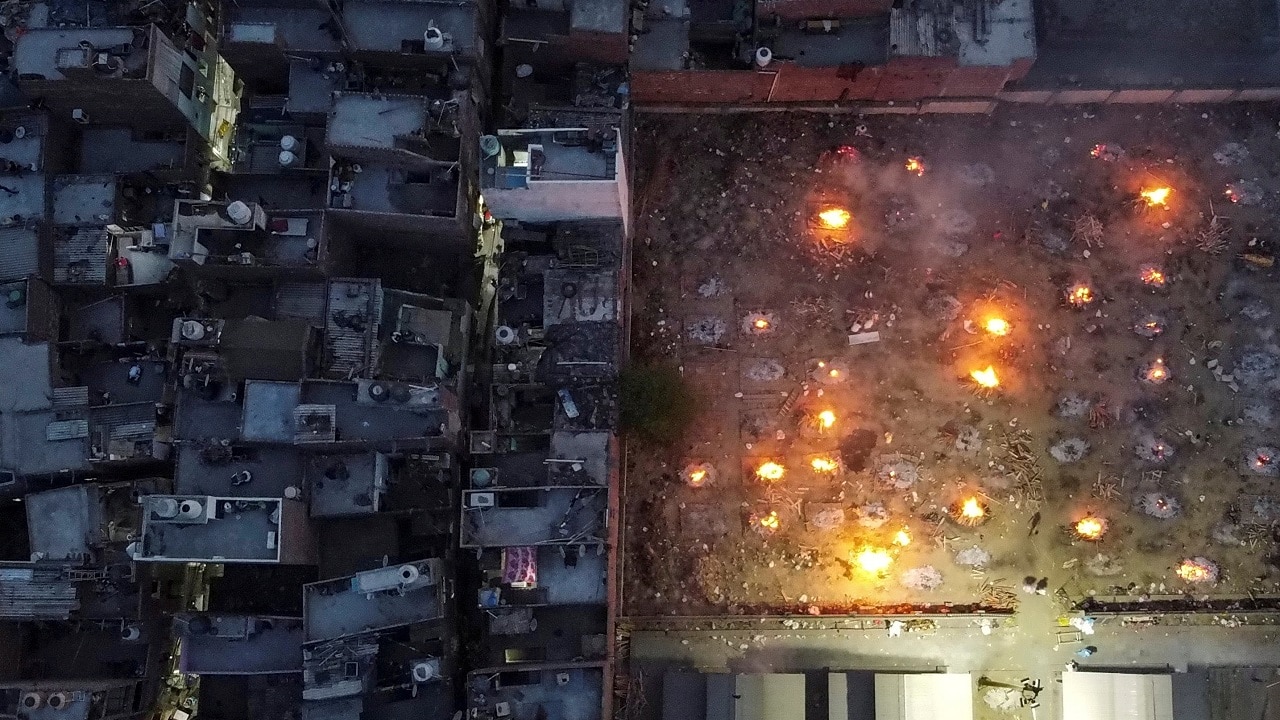 A drone image shows mass cremation of victims who died due to COVID-19, is seen at a crematorium ground in New Delhi on April 22, 2021. (Image: Reuters/Danish Siddiqui)
A drone image shows mass cremation of victims who died due to COVID-19, is seen at a crematorium ground in New Delhi on April 22, 2021. (Image: Reuters/Danish Siddiqui)
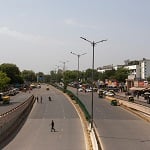
At the start of the year, India thought it had beaten the pandemic. Tourism boomed, airports were buzzing, and social gatherings increased, while people tossed aside safety protocols such as wearing masks and maintaining social distance. Huge crowds flocked to religious events and election rallies.
Lax behaviour and increasing person-to-person contact was among the primary reasons behind the record-breaking surge, said immunologist Vineeta Bal.
“Most businesses had resumed, transport system began operating at nearly full capacity. Add to that the lack of COVID-appropriate behaviour and fewer serological surveys, the surge was not surprising. Besides, the transmissibility of the virus during this wave is much more than the first phase, leading to more cases,” Bal told Moneycontrol.
The government either gave a wrong signal that the pandemic was over, or it failed to give the right one as political leaders across parties were seen without masks, she added.
Besides, one of the key questions is whether a new variant -- B.1.617 -- is behind the world's fastest-growing outbreak. India first reported the B.1.617 genome to the global database (GISAID) in October 2020.
India's health ministry flagged the variant in late March, saying it appeared in 15-20 percent of samples analysed from the worst-hit state, Maharashtra. The figure has climbed to 60 percent.
The double mutant consists of both, the easily transmissible strain first found in Brazil and South Africa as well as another mutation that helps the virus sidestep the body’s immune system.
The variant has been detected in around 18 other countries as of this month, including in the United States, Australia, Israel and Singapore, according to GISAID. Concern about it has prompted some countries to slap travel restrictions on India.
The World Health Organization (WHO) has categorised the B.1.617 as a "variant of interest". In comparison, other variants detected in Brazil, South Africa and the UK have been categorised as "of concern" because they are more transmissible, virulent or might reduce antibody efficacy.
B.1.617 has several mutations, including two notable ones (E484Q and L452R), leading to it sometimes being called the ‘double mutant’. Scientists say more evidence is needed to determine if these mutations make the B.1.617 variant more dangerous.
 People queue to enter the Lokmanya Tilak Terminus railway station to board trains, amid the spread of the coronavirus disease in Mumbai, Maharashtra on April 21, 2021. (Image: Reuters/Niharika Kulkarni)
People queue to enter the Lokmanya Tilak Terminus railway station to board trains, amid the spread of the coronavirus disease in Mumbai, Maharashtra on April 21, 2021. (Image: Reuters/Niharika Kulkarni)
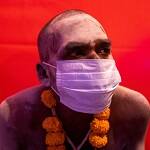
While experts are still assessing if India's current wave is linked to this variant of the virus, they are concerned over recent ‘superspreader’ events like political rallies and the Kumbh Mela.
Prime Minister Narendra Modi and his government repeatedly stressed the importance of following COVID-appropriate behaviour, but safety protocols were ironically missing during his massive BJP rallies held in poll-bound Assam, Kerala, Tamil Nadu, West Bengal and Puducherry.
Thousands of BJP supporters jostled shoulder-to-shoulder to get a glimpse of star campaigners, including party president JP Nadda, Union Home Minister Amit Shah and the prime minister himself.
This is not to say that other parties refrained from organising mass gatherings. Similar crowds were seen at public meeting of Bengal's ruling Trinamool Congress, the Congress and other parties.
Voting for the Assembly polls concluded in Assam, Kerala, Tamil Nadu and Puducherry on April 6. West Bengal, where an unprecedented eight-phase election is underway, two more round of polls are left. Unsurprisingly, the political campaigning continued in full swing until the Election Commission barred public meetings with over 500 people on April 22.
Read - Opinion | EC action in West Bengal: Closing the stable door after the horse has bolted
Congress leader Rahul Gandhi had, however, announced the cancellation of all his political rallies in Bengal on April 18. Mamata Banerjee-led TMC, too, was not far behind and said that the party would only hold one ‘symbolic’ meet on April 26, the last day of polling. Modi also cancelled his rallies in Bengal, just a few hours before the EC announcement.
Coronavirus cases surged alarmingly not only in all poll-bound states, but some others too.
Union Health Ministry data shows that India’s COVID-19 curve started showing an upward trend from March 15 in most states, including all the poll-bound regions.
In Bengal, there's a clear upward trend in daily cases since March-end and a very sharp increases afterwards. As per COVIDIndia.org, West Bengal reported a 956 percent rise in active caseload in just 22 days. Its tally of active cases multiplied from 6,513 on April 1 to 68,798 on April 22.
According to a News18 report, Tamil Nadu has reported a 62 percent increase in active cases and for Assam it was a 230 percent jump between April 12 and 19.
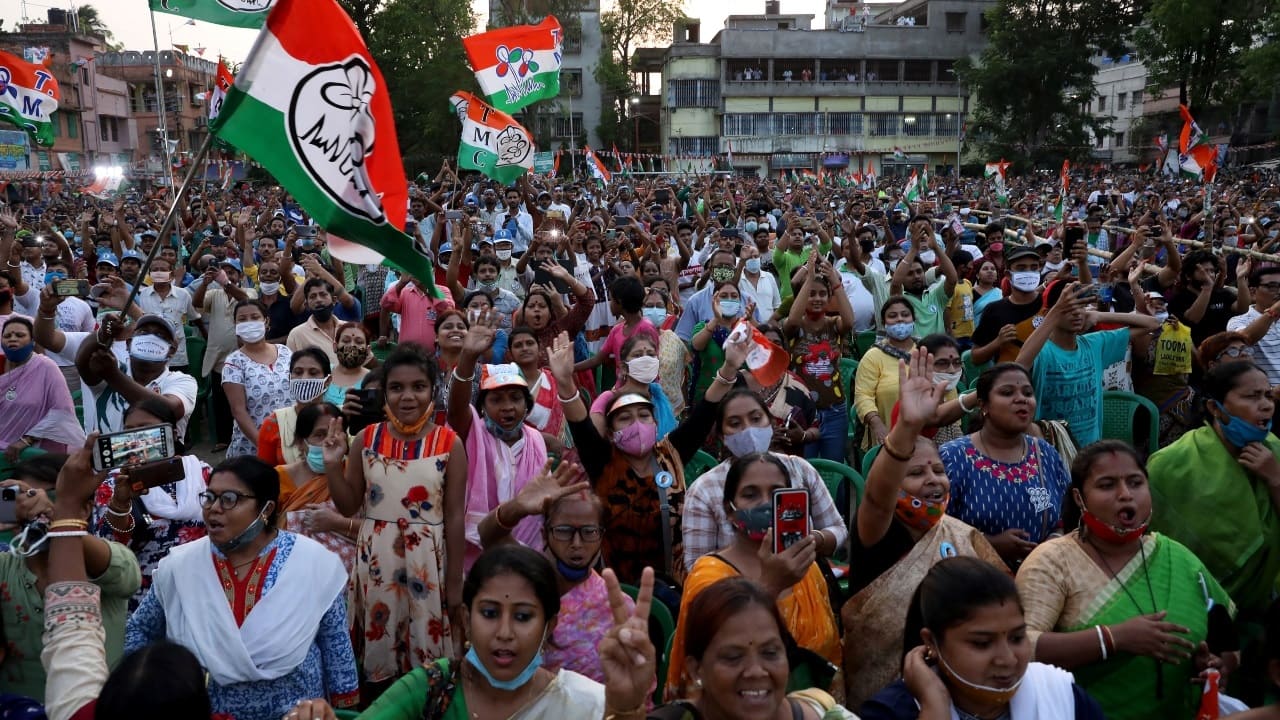 Mamata Banerjee attend an election campaign rally ahead of the fourth phase of the assembly election, amid the spread of COVID-19 in Kolkata on April 7, 2021. (Image: Reuters/Rupak De Chowdhuri)" width="1280" height="720" /> Supporters of the West Bengal Chief Minister an Trinamool Congress chief Mamata Banerjee attend an election campaign rally ahead of the fourth phase of the assembly election, amid the spread of COVID-19 in Kolkata on April 7, 2021. (Image: Reuters/Rupak De Chowdhuri)
Mamata Banerjee attend an election campaign rally ahead of the fourth phase of the assembly election, amid the spread of COVID-19 in Kolkata on April 7, 2021. (Image: Reuters/Rupak De Chowdhuri)" width="1280" height="720" /> Supporters of the West Bengal Chief Minister an Trinamool Congress chief Mamata Banerjee attend an election campaign rally ahead of the fourth phase of the assembly election, amid the spread of COVID-19 in Kolkata on April 7, 2021. (Image: Reuters/Rupak De Chowdhuri)
In the same period, India overall witnessed a 60.64 percent surge in active cases and Maharashtra, India’s worst-affected state, reported 19.79 percent increase.
Election rallies may have led to a spike in cases locally, the much bigger concern for health experts has been the Kumbh Mela.
The government gave the go-ahead for the congregation, which runs through the end of April. Between 1 and 5 million people have attended the festival each day in the city of Haridwar, on the banks of the river Ganga in Uttarakhand.
Days after taking a dip, one prominent religious leader died -- shortly after testing positive for the infection.
The Centre and the state government issued several directives aimed at controlling the spread of the novel coronavirus at the Kumbh. Screening checkpoints were set up, a limited time period of half an hour was given to each akhara and all visitors were asked to produce negative COVID-19 test reports. But the guidelines remained a paper tiger. COVID-19 protocols were not enforced fearing stampede, and some devotees were reportedly allowed even without a negative test report.
Images emerged from Haridwar of millions praying, eating and bathing, often without masks and in close proximity with one another. As per reports, around 2.8 million people took a dip in the Ganga on April 12, second of the four shahi snans, and a similar number visited the mela on April 14, the third shahi snan. The next and last shahi snan is on April 27.
Even before the Kumbh began, the city and neighbouring areas had emerged as COVID-19 hotspots. As the festival began, thousands of seers and pilgrims tested positive.
In response to concerns that it could turn into a “superspreader” event, Chief Minister Tirath Singh Rawat said no one would face restrictions as “the faith in God will overcome the fear of COVID-19.” He too had tested positive for the virus.
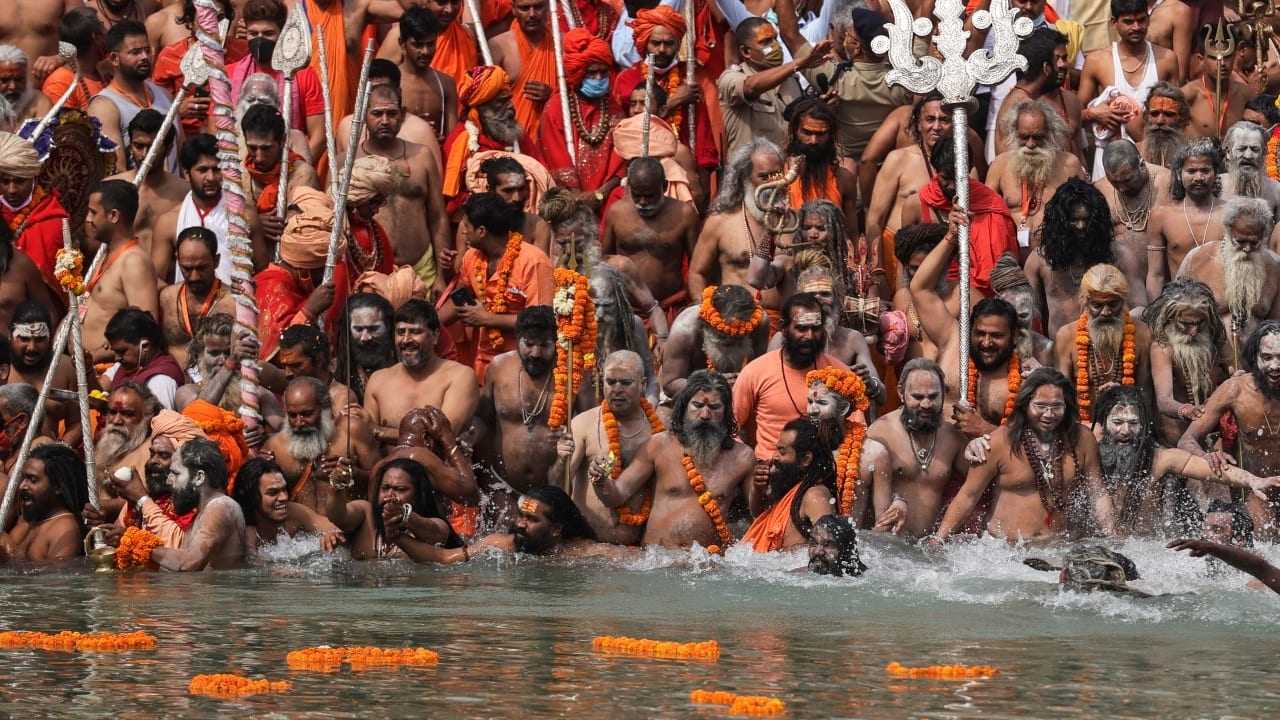 Hindu holy men take holy a dip in River Ganga during the Kumbh Mela in Haridwar, Uttarakhand on April 12, 2021. (Image: AP Photo/Karma Sonam)
Hindu holy men take holy a dip in River Ganga during the Kumbh Mela in Haridwar, Uttarakhand on April 12, 2021. (Image: AP Photo/Karma Sonam)
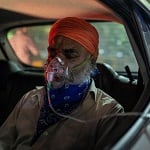
When cases started reducing, production of key drugs was slowed down, even halted, at some factories and there were delays in inviting bids for oxygen generation plants.
Major private and government-run hospitals in New Delhi sent out SOS appeals to the Centre, calling for more oxygen supplies for hundreds of COVID-19 patients on ventilator support.
Similar heart-wrenching scenes unfolded across the country, with desperate people taking to social media to arrange beds, oxygen or medication for their loved ones.
The shortages also resulted in squabbles between opposition-led state governments and BJP-ruled states. The Aam Aadmi Party (AAP) government in Delhi recently accused neighbouring states of holding up supplies, while Haryana said the former was ‘looting’ oxygen tankers.
During a hearing over the lack of supplies, in a strongly-worded rebuke, the Delhi High Court ordered the union government to ensure the safe passage of oxygen supplies from factories to hospitals across India. "You beg, borrow and steal but have to provide," the judges said, asking why the government was "not waking up to the gravity of the situation".
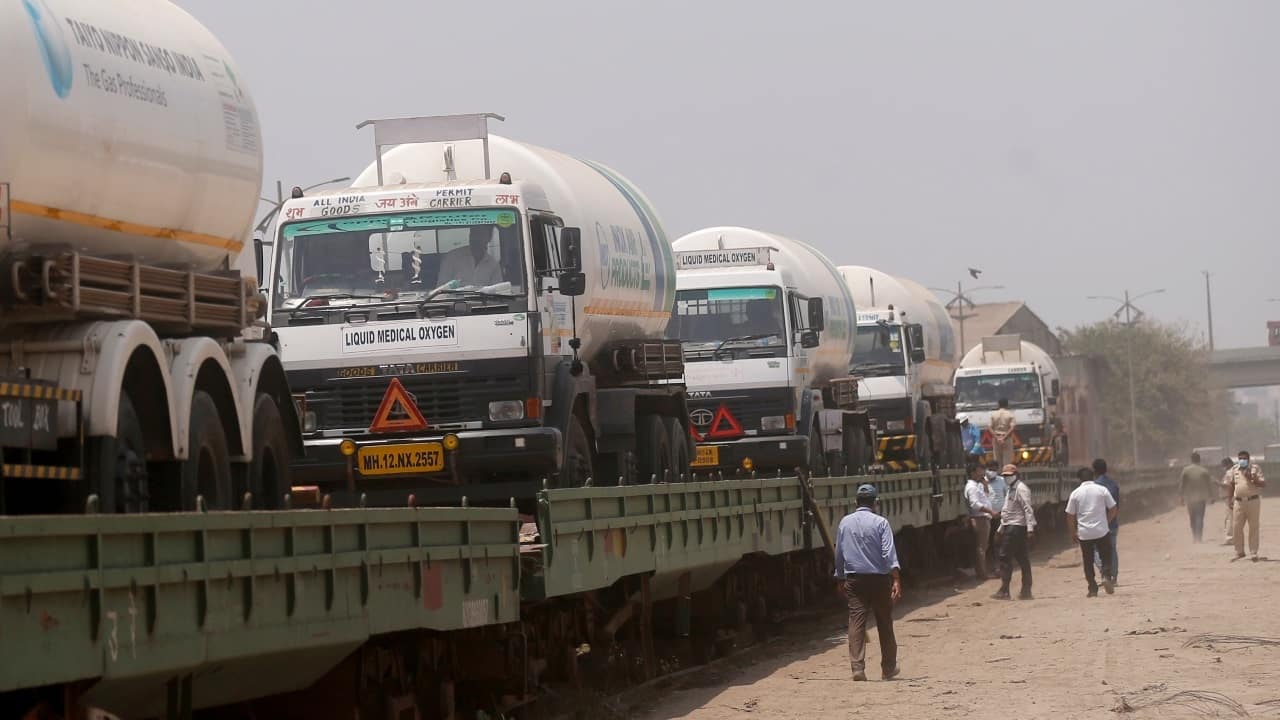 Empty oxygen tankers are loaded on a train wagon at the Kalamboli goods yard in Navi Mumbai, Maharashtra on April 19, 2021 before they are transported to collect liquid medical oxygen from other states. (Image: AP Photo/Rafiq Maqbool)
Empty oxygen tankers are loaded on a train wagon at the Kalamboli goods yard in Navi Mumbai, Maharashtra on April 19, 2021 before they are transported to collect liquid medical oxygen from other states. (Image: AP Photo/Rafiq Maqbool)
In a sign of how dangerously overstretched the hospitals are, requests for beds, oxygen, antivirals and other supplies have reached social media platforms. A network of YouTubers, social media influencers and content creators sprang into action to help those in trouble.
Hundreds of them with a significant following on platforms like Twitter and Instagram sourced, compiled and shared information detailing the real-time availability of hospital beds, local helplines, pharmacy numbers and even food delivery services.
“By November Indians thought that we won the battle and temporary COVID care centres and jumbo hospitals were dismantled, which was a grave mistake. No one, including political leaders, took the pandemic seriously, despite the concerns raised by health experts,” said Dr Bal, who studies immune systems at the Pune’s Indian Institute of Science Education and Research.
It is not surprising but very unfortunate to see the present scenario, she said, adding “India needs to acknowledge that public healthcare system needs to be strengthened”.
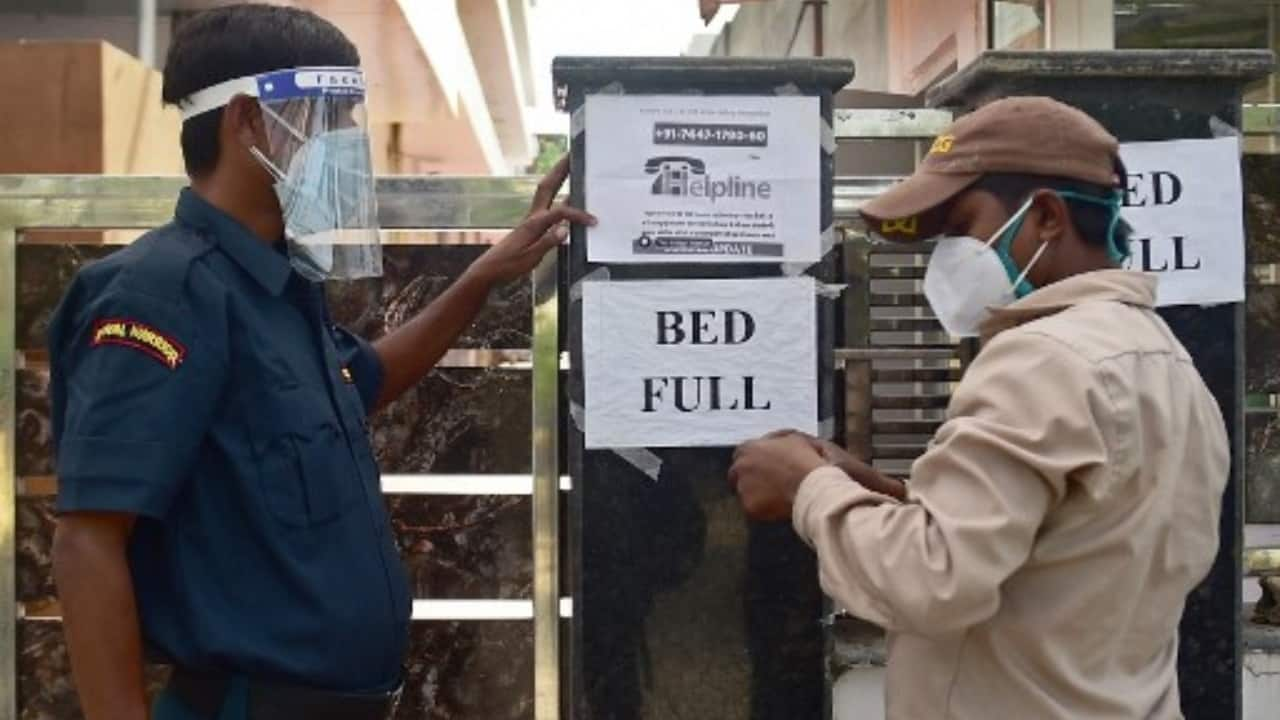 A security guard puts up a notice informing the non-availability of beds for patients in a private hospital amid COVID-19 surge in Allahabad, Uttar Pradesh on April 22, 2021. (Image: Sanjay Kanojia/AFP)
A security guard puts up a notice informing the non-availability of beds for patients in a private hospital amid COVID-19 surge in Allahabad, Uttar Pradesh on April 22, 2021. (Image: Sanjay Kanojia/AFP)

Less than four months ago, the government had declared victory over the pandemic and with much fanfare launched the world’s largest vaccination campaign after approving the AstraZeneca vaccine (branded as Covishield) and Bharat Biotech’s Covaxin.
While the vaccine programme did seem a success initially, it failed to keep up with the uptick in cases. According to the Health Ministry data, India has administered over 14.19 crore vaccines doses till April 26. However, only 2.04 crore Indians had taken the required two dose.
So far, at least 10 states have reported vaccine shortages, leading to vaccination sites closing down or turning people away. The Centre has, however, insisted that there’s enough stock.
Pune-based Serum Institute of India, which is producing Covishield, said its capacity is “very stressed” and requested a grant of more than $400 million to beef up production.
“Considering the Serum Institute of India (SII) and Bharat Biotech’s present production capacity, even if India gets 100 percent of the vaccines manufactured by both firms, the doses would not suffice even for those above 45 and frontline workers. The government did not invest in manufacturing or provide adequate infra support beforehand causing a shortage of vaccines,” Dr Bal said.
Meanwhile, the Centre has also decided to open the vaccination drive for everyone above 18 from May 1. While it looks like a good decision, the government has transferred part of the fiscal responsibility of vaccine procurement to the already cash-strapped states.
Calling it a misstep, Dr Bal said, “Instead of opening the drive for everyone above 18, the Centre should have explored criteria which would allow vaccination of people in the service industry and those who regularly come in contact with more people due to their work.”
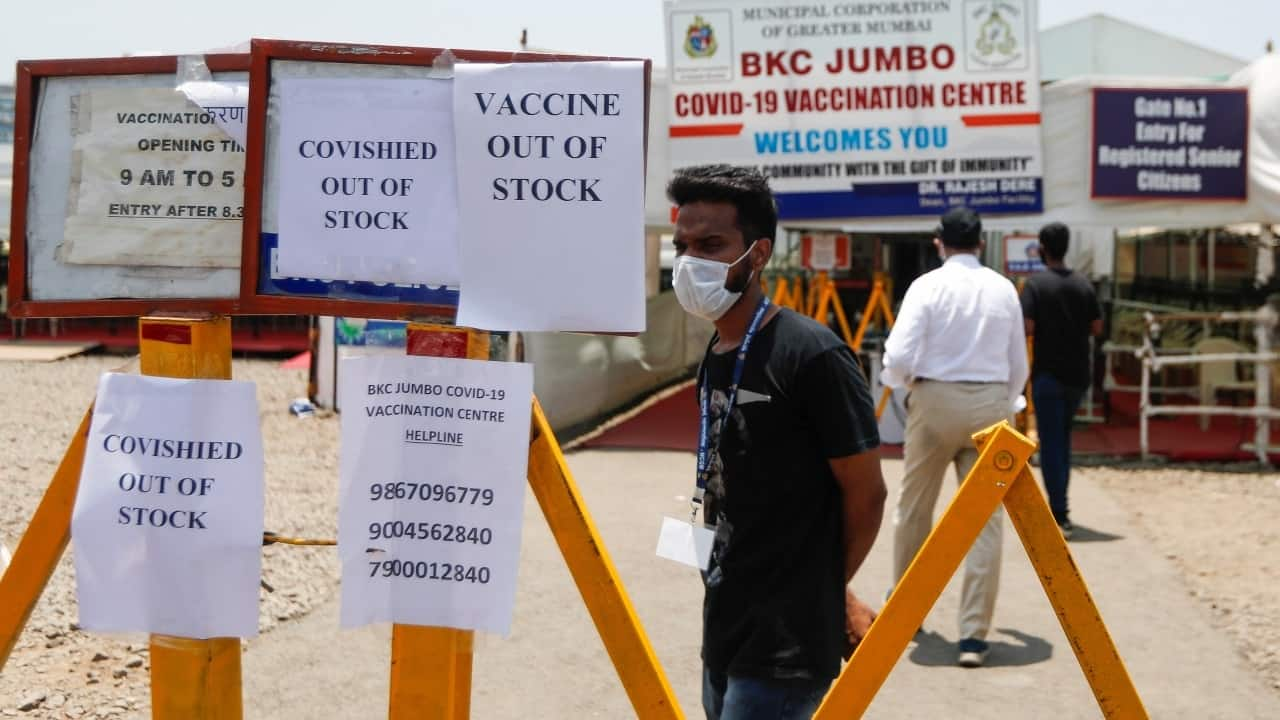 People wait in queues to receive the COVID-19 vaccine at a vaccination centre in Mumbai, Maharashtra on April 22, 2021. (Image: Punit Paranjpe/AFP)
People wait in queues to receive the COVID-19 vaccine at a vaccination centre in Mumbai, Maharashtra on April 22, 2021. (Image: Punit Paranjpe/AFP)
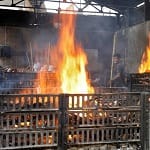
Experts have so far shied away from giving a time frame as to when the ferocious wave will slow down due to many new factors involved, including the increased transmissibility of the virus and emergence of the ‘double mutant’ strain.
According to Dr Bal, due to crisis such as lack of oxygen, drugs, and inadequate vaccination, the struggle may continue for a few months. “This wave is unlikely to go down very rapidly. Regionally and locally, the cities which were worse off may see a plateau in the next two or three months,” she said, adding that if there is another variant or mutation of the virus, India may be in for a long haul.
The pandemic is far from over in India. In fact, the scenes are more horrifying than ever before. Still, many people shed masks and resume normal life, and India can’t afford this.
While it may be contended such a rapid spike in cases was unanticipated, it is also true that various governments over the decades failed to increase the much-needed budget allocation to strengthen the health system and prepare it for health emergencies like COVID-19.
Read more weekly in-depth articles from Moneycontrol here